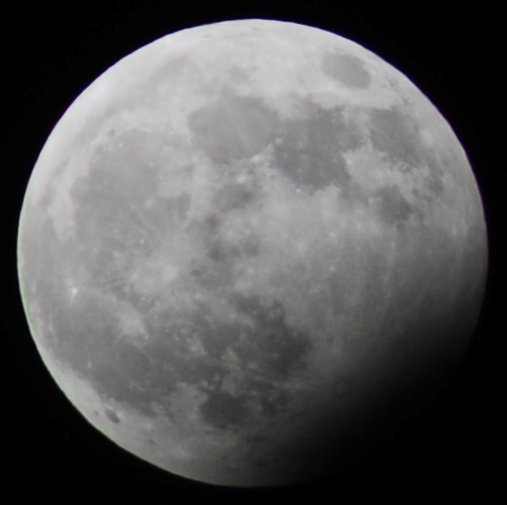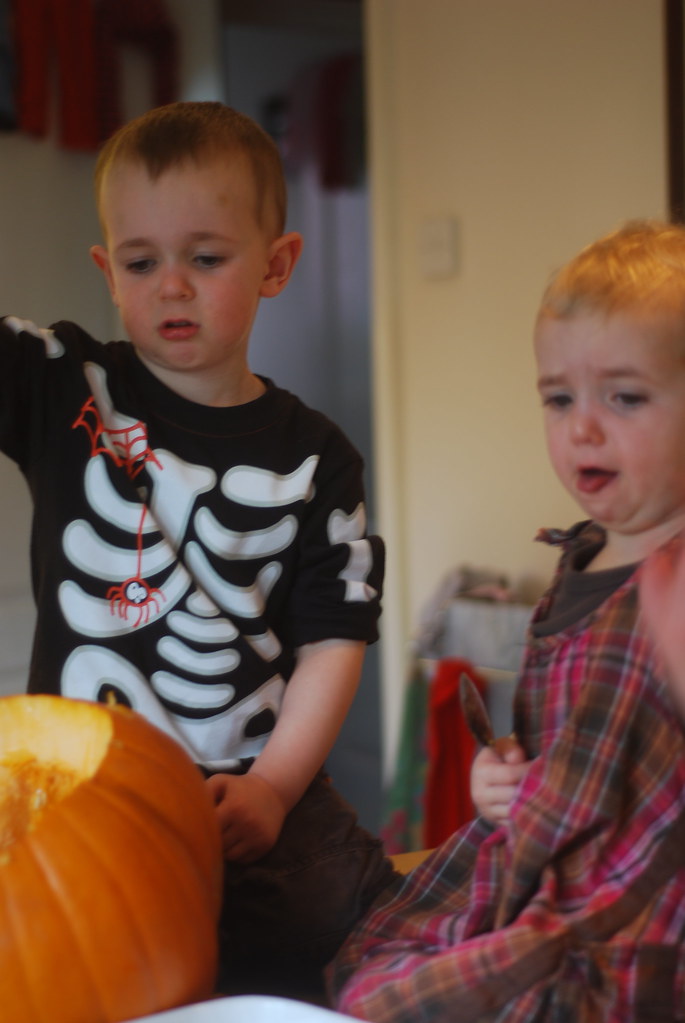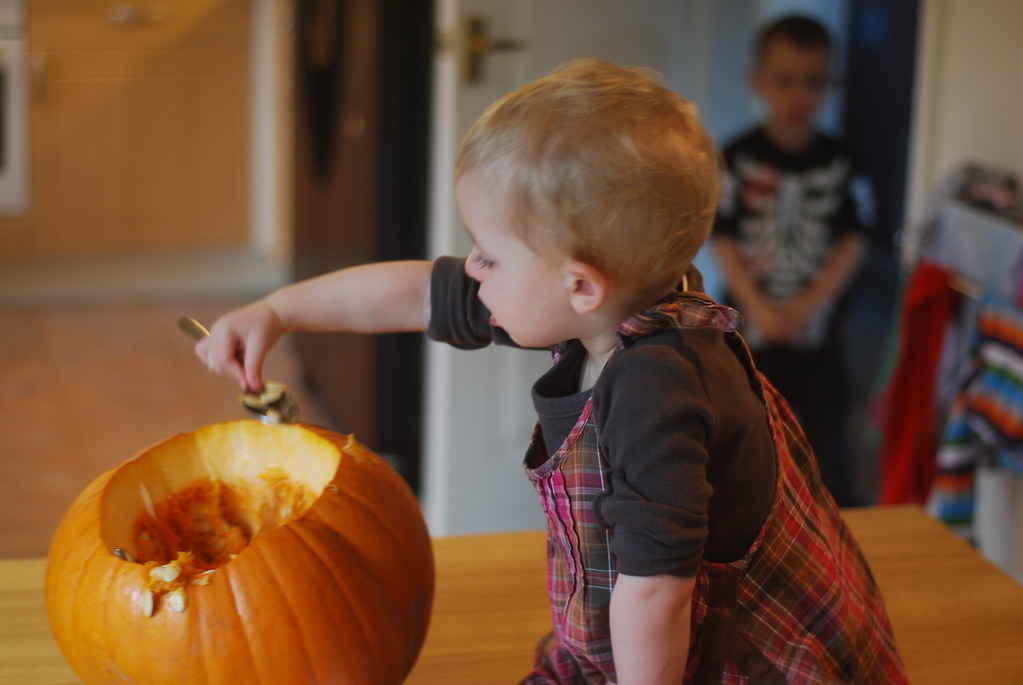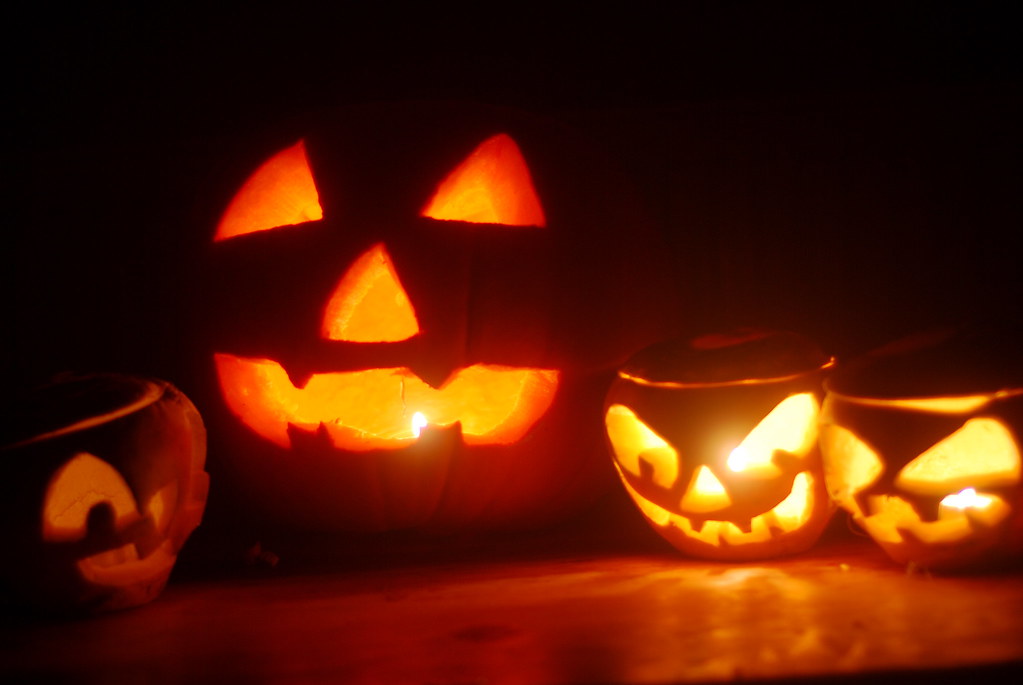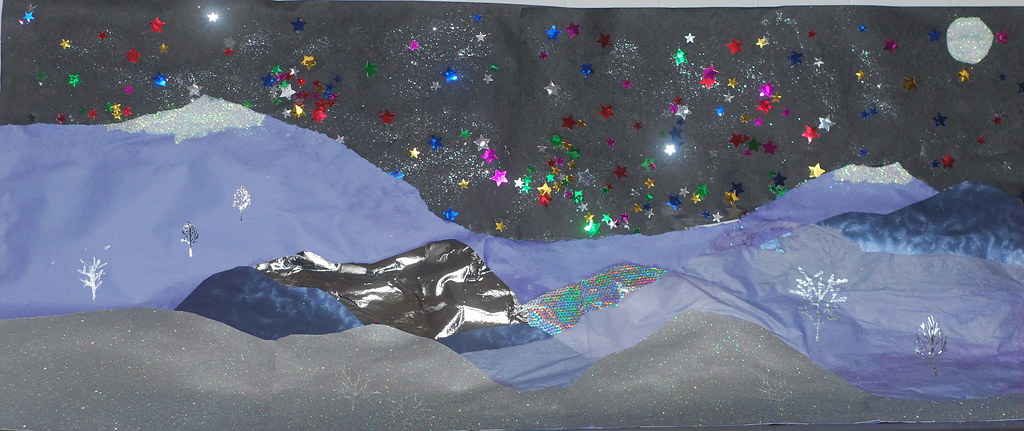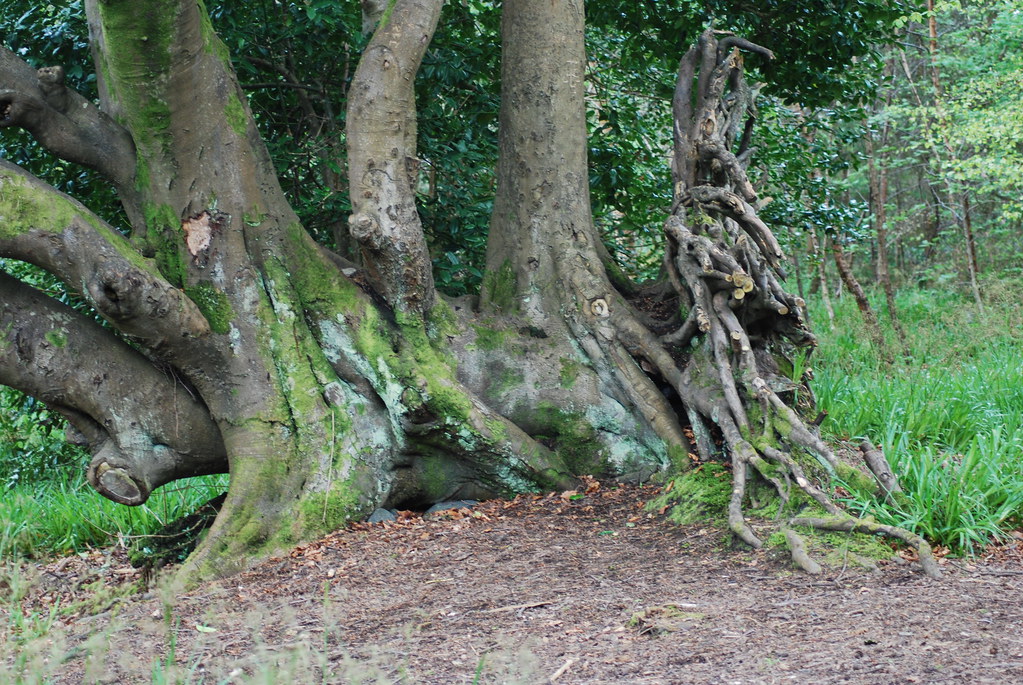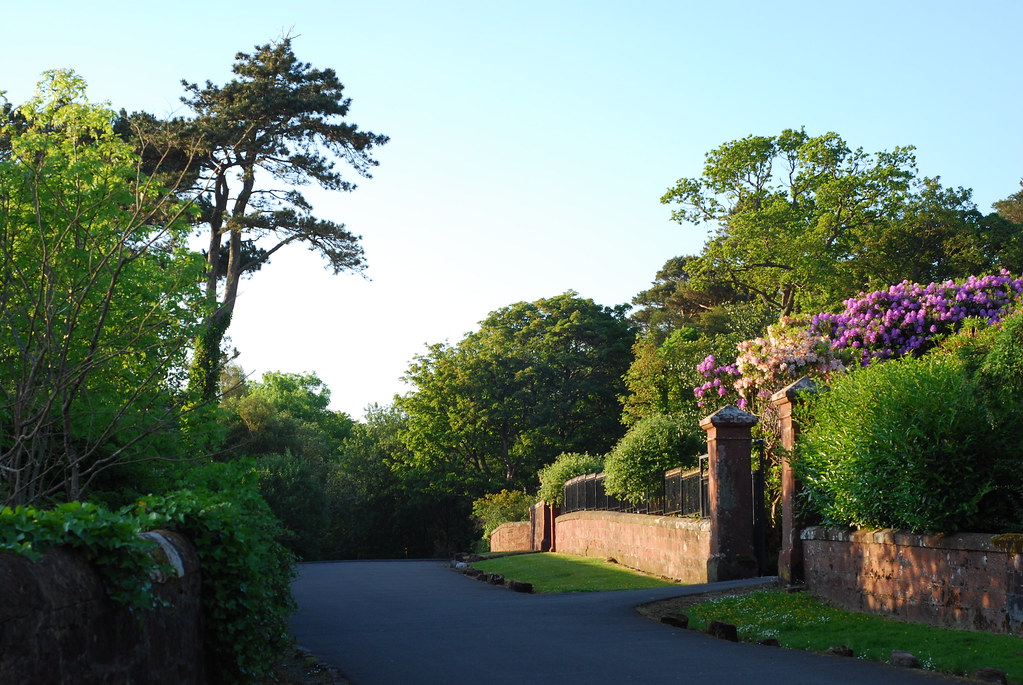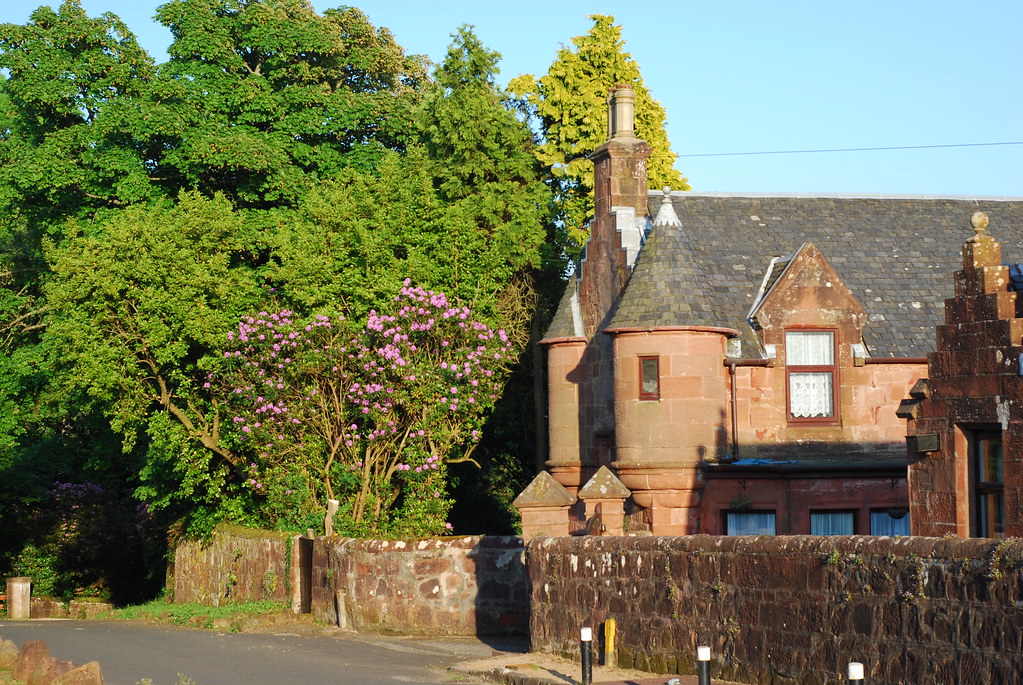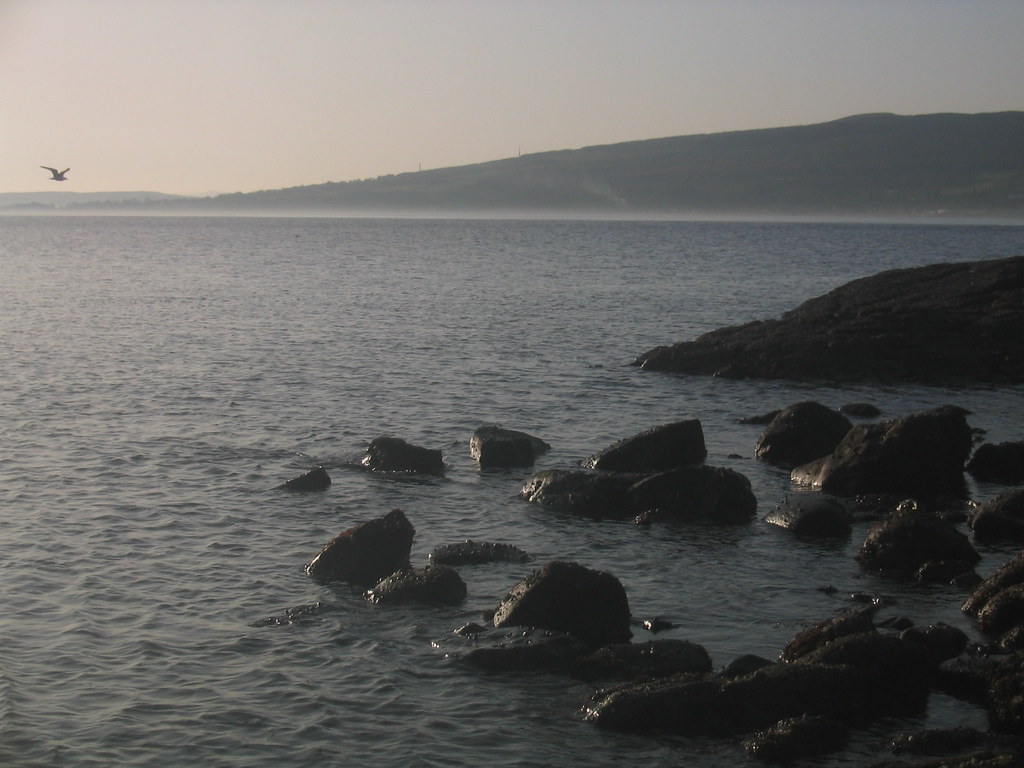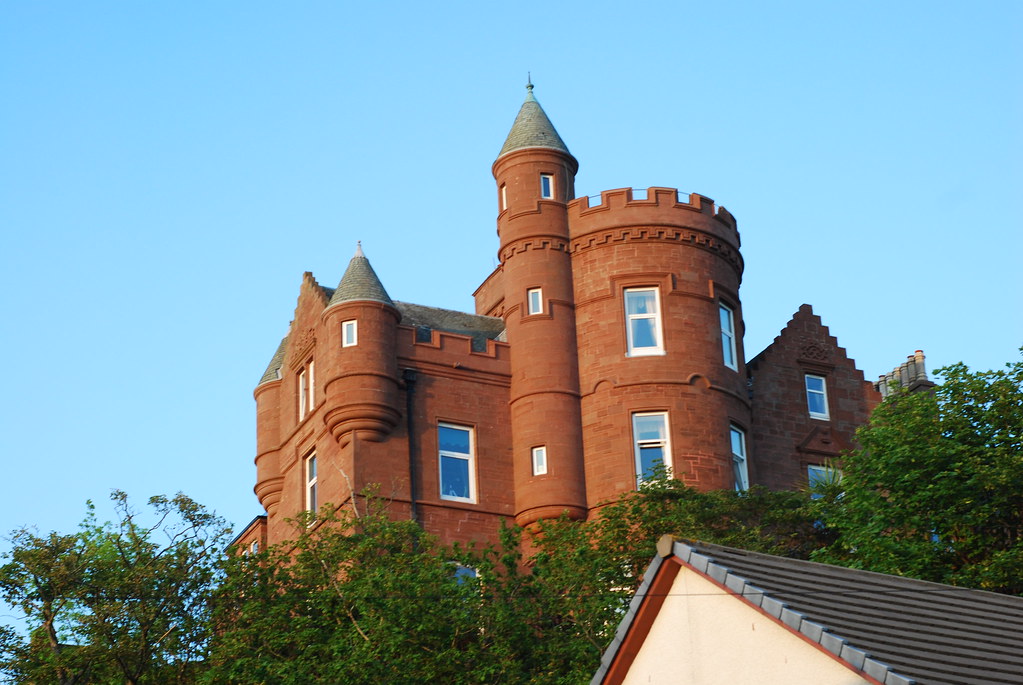I lurk and occasionally post on a couple of the larger CR mailing lists and I have to say they're becoming less and less relevant to me these days. It's not just the fact that the same arguments tend to go round and round with alarming regularity, it's the infuriating kind of discussions that seem to be cropping up recently, and at the heart of it there's just nothing there to interest me. So mostly I skip and surf until something piques my interest. I suppose I could try and stimulate a bit of discussion that does interest me, instead of bitching quietly to myself, but I can never think of anything that I think would be good for discussion...
...Books. I can do books. But that's a little cliche, perhaps.
There was a thread not so long ago where someone asked something along the lines of "What things do you like to do to make yourself feel Celtic?" And I thought...Odd question, and I really don't know where to start with how wrong that seems to be...Maybe it was just badly phrased, maybe I wanted it to be. But it seemed to imply that the idea was to 'play Celtic' as part of CR's religious practice, and then once it's over we go about our daily business as we were. It seemed a few responses were framed in that manner, anyway. And I admit I'm probably being completely judgemental (in the bad way, because apparently you can only be judgemental if you judge negatively. Otherwise you just have great perception skills...), but it got me thinking...no. There were people who replied with the usual: language, literature, music, traditional activities like weaving tartan. And they're all good answers, to an extent, but they seemed to lack something and I began to chew on what it was that I couldn't put my finger on.
And then I think the list owner pointed out that it's not things that makes you 'Celtic', you either are or you aren't - it's who you are, not what you do. There are things you can do that are all good ways of honouring a particular culture, but that goes beyond 'being Celtic' if you want to end up being CR in a serious way that speaks to the core of your being. It goes beyond slipping these things on as is convenient, and then going back to normal, so to speak. Or even endeavering to learn music, language, arts and so forth on an ongoing, daily basis. Unless you're a part of a culture, indigenous to it, do you fully understand it? Conversely, I'd say, if you're a part of the culture should you be considered to be the fount of all knowledge...Experience says no, in that respect, because obviously personal biases come in to play. And unfortunately those biases are often based on politics and racism, it seems. As far as internet forums go. And inevitably such biases are open to taste and interpretation, too.
But then, I thought, you have to start somewhere. Most CRs don't have the benefit of having being brought up in Ireland, Scotland, Wales and so on...I've always thought that CR has been quite clear that first and foremost, it's a movement that started within the diasporal peoples, or has been hugely influenced by them at the least, and that first and foremost the emphasis should be on striving to understand those cultures as best you can. Some of those from the diaspora - CR or not - seem to be more defensive and conservative of the culture(s) than some of those who are of it/them. But most CRs don't have the benefit of spending any length of time in the particular countries that form such a large part of their cultural focus, and that can be important or not. Sometimes I wonder if, from the outside, the differences between Ireland and Scotland are really appreciated outside of those countries, in a specifically Gaelic context. Then again I think it's something I'm only really beginning to appreciate a lot more as an outsider myself.
So maybe there has to be a start somewhere, a way of incorporating these cultural elements into one's daily life until it becomes an integral part, a solid foundation to build on. Is there a scale? Where would I be on it? Does it matter? The language is something of a final frontier in that respect, for me, since my efforts at learning by myself are somewhat limited (I'm hoping to start lessons in the autumn, but there's no word yet on whether these will go ahead for this year). I can only try, even if I feel doomed to mediocrity in this respect...But I do feel it's important and integral, ultimately, to my practices. It's frustrating, sometimes, knowing how far away I am from it. But if I fail, I'd rather say I tried, and keep on plugging away at the basics.
But thinking about it further, it's interesting that many of the responses in the thread focused on doing things first, and then religious practice second (if it was mentioned at all). Maybe practice is a given. I don't know. But I would've thought that as a reconstructionist, this kind of answer
would be first. It got me thinking, along with some discussions I've seen elsewhere recently about daily practises, that these really are the lynchpin of CR in many ways. It's something I've been musing on since all this cropped up in the last month or so, in various places.
These days I seem to have found myself in a good rhythm as far as my daily practises are concerned: I've been making regular offerings and every evening as I prepare for bed and make sure everything's in order I turn it into a meditation as well as an act of prayer. I do the same in the morning, as I take a pause and look out of the window to see what the day might bring, and I lift my cup of coffee to greet the crows, rooks, magpies and jackdaws that invariably hop about the garden looking for tasty treats before Mungo tries to say hello (they're not so keen). My evening walks also tend to end up being meditative, and I'm finding it all very comfortable and it all feels like second nature now. I cook; I pray; I clean; I sing; I do; I am. It's not something I have to get into the right frame of mind for now, because it's become such a part of my routine. It's how I'm living my life.
It's not something that's
other anymore, it's integral. And I realise I risk sounding incredibly smug at this point, sorry. Bear with me as I ramble, I might have a point...I'm not sure yet. It's just that maybe - more than anything - I've realised that CR as a spiritual practice is so pervasive, and it should be. I don't have the benefit of those who were brought up with survivals in the diaspora, along with language and a strong and deep-seated love for one's ancestry. I grew up with a few survivals and superstitions, but these were Catholic, not appropriate to my culture and the cultural milieu I was brought up in as an agnostic/atheist and by-default-Protestant.
Like many, my love and passion for exploring my ancestry is seated within a foggy romanticism that's somewhat removed from reality. I can claim a name, or two, a heritage at some remove, but really it means very little in defining me or my beliefs. As I'm raising my kids, idealising their upbringing as much as I can as a parent who wants the best for my children, and who sees that as lying in this country, Scotland, rather than the country I was born and raised in...I'm seeing what it is to be born and raised Scottish in a new light. I know my husband; I know how he was raised. But discussing and coming to understand many of the finer points of his upbringing not so far from here gives a new perspective to how I see myself, too. I learn a lot just as my kids do. For them, it's second nature, but for me it's something to analyse to embrace but see as something incorporated rather than inherent...And yet, not incorporated. It just is. We adapt...
I was brought up as an atheist or agnostic at best, although my mother encouraged religious exploration in the hope that my sister and I might find some answers as she felt (and still feels) that she never could, or can, find. So I can claim some survivals, few and disjointed though they may have been, but they're disjointed at best - mostly through my nan's efforts to save us spiritually and give us an identity culturally.
So I can only throw myself into the idea of
reconstruction of traditions, rather than traditionalism. The principles seem simple on paper, but finding a personal understanding, a rhythm, takes a bit longer, I've found. It all seems to have fallen into place when I stopped worrying about doing things properly, as I've focused on so much before, and the realisation has kinda crept up on me since I made my offerings for Midsummer last week. Rather than finding that the routine of doing, praying, being and so on gets stale and old after a while - the same thing, day in, day out - I'm finding that it's helping me to evolve my practises and outlook as a whole. I've been experimenting some more with traditional dishes (Mr Seren was particularly grateful for the gingerbread I tried) and different types of bannocks (though I still can't find any barley meal, I've been looking for ages - the barley bannocks will have to wait), and even cheese-making. In addition to this
stuff, I'm finding that developing a devotional sort of ritual that I can use as a formal Good Wishing and Deiseal ritual to start off my formal festivities has been very helpful in keeping me focused and structured, somwhat. Even if Bealltainn wasn't all that focused at the time, I felt...
The blueberries and raspberries growing in the garden have given me a sense of continuity for my practices, and I think for once, when I harvest them for Lùnasdal (assuming all goes well), I'll feel a real sense of connection to the festival that I usually lack. I've finally found a sense of energy again, and my increasing focus on daily practices has given me an anchor for that. It's not something that gives me mindblowing spiritual insights everyday, but it's giving me a balance. And sometimes, maybe, there might be a bit of an aha! moment along the way. But more than anything the rhythm, the reassurrance of continuity, helps ground me.
Since Bealltainn I've been feeling a lot more positive, for some reason. Being interrupted by a dying cat on one of my meditations the other week can't be interpreted as a good sign, I suppose (and thank you for your kind words, those of you who commented or sent a nod my way in some form or another), but I think I got a few more positive ones when I went to pay my dues to Manannán last Wednesday. There were no dying cats, anyway...Although it is dead jellyfish season now, apparently.
I'm still unsure as to how the 'lesser' festivals fit in with what I do in some respects. I don't go all out like I do for the Quarter Days and sometimes I think maybe I should, so for Midsummer I decided I should at least put some thought into it, in a more structured way. It kind of snuck up on me so I didn't have a chance to do much reading up on it, so I just decided on making some offerings and finishing with a feast. Since Manannán is a god I've had a long relationship with, I started off with taking the dogs down to the beach to leave some offerings there. I've been meaning to post some photos of the village, so now seems as good a time as any...
First we head to the woods - the arboretum that was planted as part of the former estate's grounds, which is situated right in the middle of the village. There are lots of trees that have fallen over because of the soft ground, but amazingly a lot of them seem to survive:
Then we come out of the woods and take one of the back lanes through the oldest part of the village where all the ridiculously big houses are. This is a view of the woods as you leave them, looking back:
Followed by one of the grand old houses further down the lane, heading towards the sea:
Then it's down to the pebbly beach and the rock pools with the views of Bute and Argyll:
(Or just Argyll, really, in this case). And then we loop round on our way home so we get to see all the grand houses sitting up high as we walk along the coastal road:
The roof tiles on the turrets look like fish scales, which seems very apt for the locale.
I went to the beach at dusk this time, and the sun was very low and peaking dimly through the clouds. I'd brought some Pittenweem oatcakes and a generous lump of butter with me and gave it to the sea from the rocks, while Mungo went off for a frolic and Eddie went for a swim. I debated about whether or not I should give something more valuable - would it be too much, or just what was required? I didn't want to offend by giving too much or too little.
I was wearing some silver studs in the shape of shells that I bought a while ago with the idea of giving them in mind, and had put them on in case it seemed appropriate to give them after all. Given the recent stresses and worries, I decided it would be appropriate to give them after all, so they went into the sea with some heartfelt words too. There always seems to be a handy gust of wind at moments like this, that seems to acknowledge what's been given.
I stayed for a while, soaking in the seaweedy salty air and the last rays of the sun, and took a little bit of peacefulness from it all - much needed seeing as my mother was due to arrive the next day. As it began to get properly dark I built a small cairn just by the sea line, so the waves would take it as it came in, and as I looked for a white stone (which I generally put on top), one stone in particular caught my eye and I realised it was covered in fossils. It's not a fossily beach so I've no idea where it came from, but I picked it up and took it as a sign that I was being given something back. A sign of a contract, perhaps. A renewal. I've taken a photo or two, to illustrate:
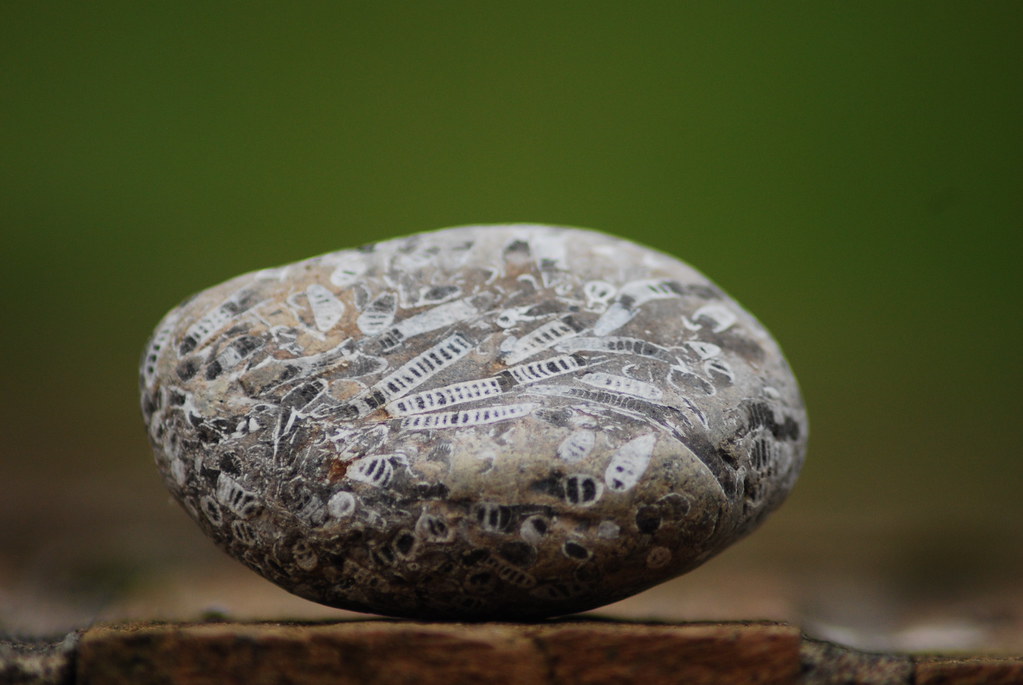

It's almost heart shaped, and it's literally covered in the little fossily creatures. Of course I could be wrong. It could be dried on bird poo, or something, not fossily at all...But it seems fossily to me. Either way, I shall add it to my collection of interesting things for my water feature that incorporates representation of the three realms, in my garden (which I really need to finish at some point).
I stuck my iPod on shuffle to see what radiomancy might tell me about the future, not having my ogam fews to hand and feeling that the moment was pretty much now, not later when I'd got the dogs home and fed and so on. It started off with
Janis Joplin's Half Moon - very full of three realms imagery, it seemed to me, so uncannily apt given my thought processes at the time. Then there was a break beat called Rolling Thunder, so there were no lyrics but it was very funky and I noted the naturey theme - maybe the thunderiness pointing to Lugh and therefore Lùnsadal...Thirdly came Morcheeba's
The Sea. Which made me think that the gods were being a little facetious at this point, but maybe it was also meant to tell me to chill out. Relax, stop worrying!
Point taken.
I went home and made some more offerings to the spirits of the house and more immediate land, and some more specific deities like Badb, before making my way to bed, and I slept well and deeply. Mum wasn't as nearly as demanding as I'd built the whole visit up to be, after she arrived the next day (later than expected), and I cooked a roast chicken with garlic roast potatoes and veg for a celebratory feast for her first night and to celebrate the passing of Midsummer, along with some cranachan and gingerbread for afters - minus the whisky, for mum's portion. She really enjoyed it all, which was a surprise, and it was somewhat gratifying too - high praise from a properly trained cook. I put some chicken out as an offering before the dogs raided the kitchen for leftovers, and it was all gone in the morning, which was a reassuring sight to see. Mungo was pissed off, too, he was really looking forward to scarfing it all down.
So this sense of otherliness...I guess I've realised that that's not what my practices are about. I don't classify them as particularly mundane either, but still. The idea of otherworldliness and
thisness is never far in Gaelic cosmology of any flavour. They overlap so heavily as to be almost the same, and yet not. So contradictory and so similar. Thinking about Manannán and what he is, where I am, how I am...It all seems to have fallen into place.
Stop worrying. Maybe I might just do that. Hopefully it will take me in the right direction.
